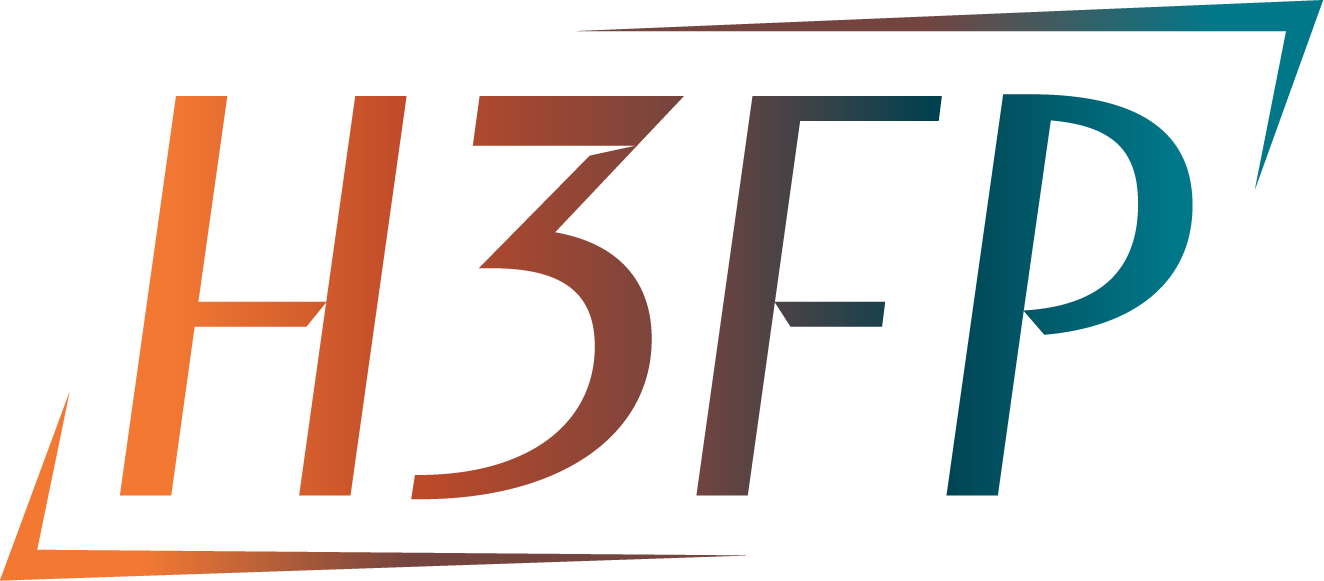The Most Crucial Element of Your Retirement Plan
"Controlling your time is the highest dividend money pays." — Morgan Housel
Retirement means something different to everyone (and that is a good thing), but one common thread is the desire for financial freedom and being able to control your time. Whether you're decades away, on the cusp, or already retired, the goal is to reach this milestone with confidence and CLARITY.
What Will Your Retirement Look Like?
As you approach or enjoy retirement, it's essential to consider:
How will you spend your time?
Who will you share it with?
How will you support your lifestyle?
While most people focus on what they’re retiring from, it’s far more important to consider what you’re retiring to—how you’ll spend your time and find fulfillment in this new chapter. To answer these questions, you’ll need to create a retirement plan. At H3FP, we start by assessing your current situation (where are you today?), identifying your goals for retirement (where are you going?), and identify the best path forward (how will you get there?). First, evaluate your retirement income sources. Most of my clients have multiple sources such as Social Security, pensions, 401(k)s, IRAs, and rental properties. The more account types you have, the more flexibility and options you’ll have—both of which, in my opinion, are far more valuable than money itself.
Next, you make assumptions
Retirement planning involves more than just crunching numbers. Once you’ve identified your income sources, you’ll need to make projections to get an idea as to how long your assets will last. In this phase, we make critical assumptions about investment growth rates, inflation, annual spending, and longevity—each influencing your plan’s sustainability. We also estimate tax liability not only for the current year but over your lifetime, projecting how different tax scenarios might impact your various income sources. These assumptions are crucial for creating a retirement plan, though we’ll take it a few steps further.
Now What?
After establishing your assumption parameters, you might create forward-looking projections in a spreadsheet to see if your plan holds up—whether you have money left at the end of what you assume to be your last year of life. But we take it much further. We run thousands of scenarios, modeling your lifetime income under various conditions, while subjecting your plan to stress tests against various potential risks. While there are many risks to consider, we focus on four that are particularly threatening to any retirement plan.
The Four Biggest Risks to Retirement Plans:
Strategies to Mitigate Risk:
Stay Invested
Once we've determined how we’ll invest your assets, we focus on staying invested, emphasizing time in the market rather than trying to time the market.
Growth-Oriented Investments
Consider growth-oriented investments for the equity portion of your portfolio. As you withdraw from your portfolio, you'll likely need continued growth to combat inflation and longevity risks.
Major Expense Plan
Save for or insure against significant costs like long-term care. Planning ahead for these expenses is essential to preserving your retirement assets.
Flexible Spending Plan
Create a spending plan that adjusts up or down based on lifestyle circumstances and market environment, revisiting it periodically.
So, What is The Most Crucial Element of Your Retirement Plan?
The Power of Flexibility
While we tailor our approach to mitigate and hedge against the risks outlined above, the most crucial element in your retirement plan is flexibility. The more flexibility you are willing to have in your lifestyle, the more financially unbreakable you'll be. The reason why flexibility is so important is because it gives you options, the most valuable asset of all.
So, what does flexibility mean?
Flexibility means you are able to make adjustments when necessary. It’s not about making drastic changes but about having the ability to make small, strategic adjustments that can significantly improve the likelihood of success for your retirement plan.
At H3 Financial Planning, we help you assess your flexibility and build a plan that gives you the confidence to enjoy retirement. Retirement should be a time of freedom, not stress.
How flexible are you?
Find out by downloading our free Retirement Flexibility Worksheet
This is the exact worksheet we use with our clients to find creative ways to not only be successful in retirement, but also to create and live the life you want.





